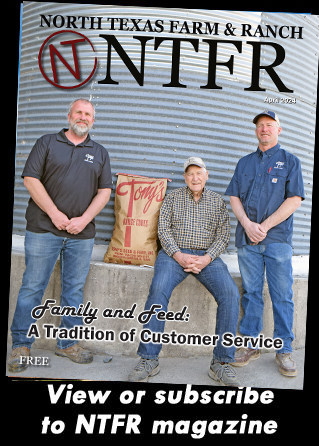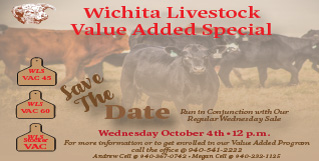Farm & Ranch
[AgriLife Today] Forage and Ruminant Lab helps researchers, producers improve animal diets
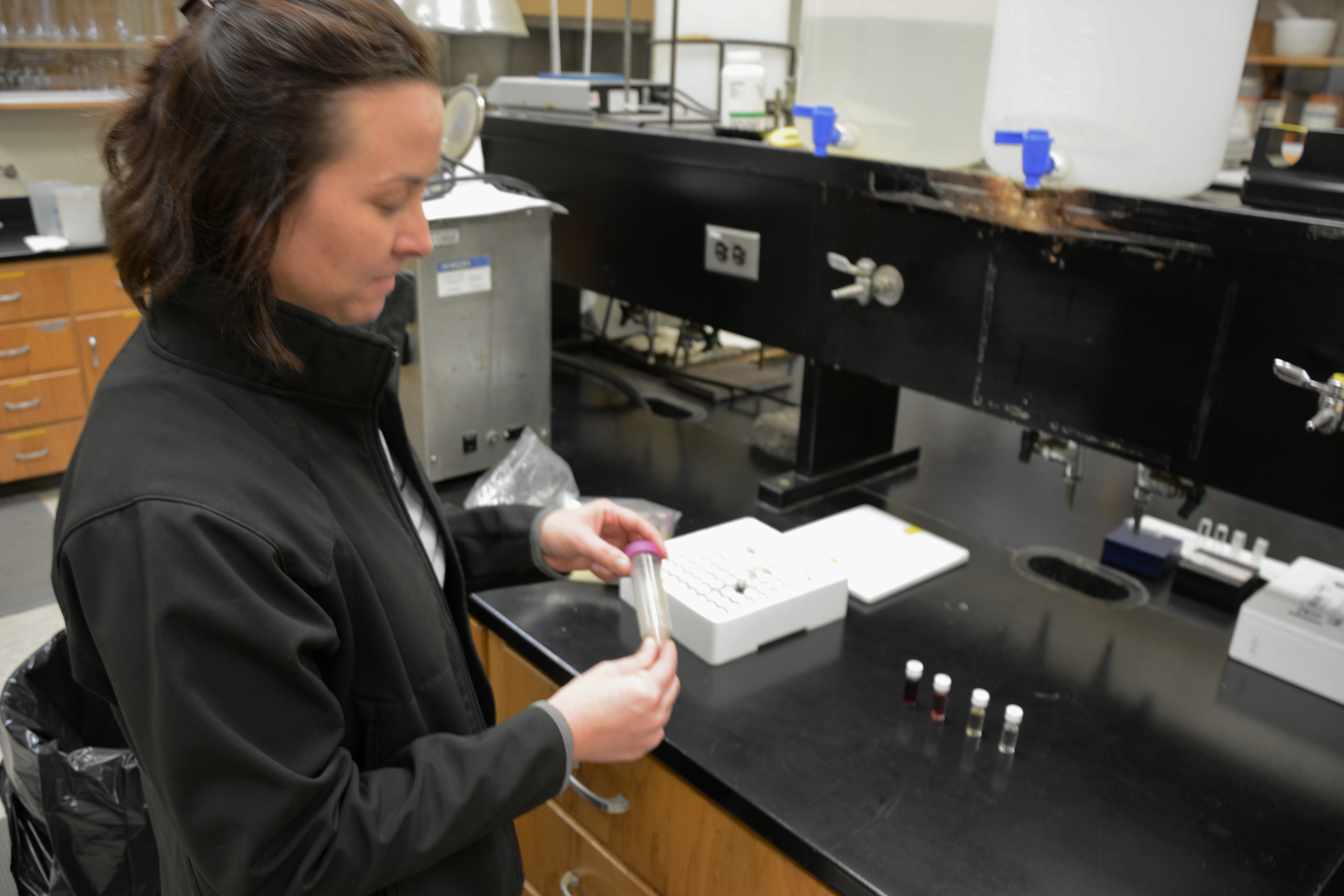
By: Adam Russell
- Writer: Adam Russell, 903-834-6191, [email protected]
- Contact: Dr. Jim Muir, 254-968-4144, [email protected]
STEPHENVILLE – The Forage and Ruminant Nutrition Lab at the Texas A&M AgriLife Research and Extension Center in Stephenville explores ways to improve ruminant diets and mitigate negative environmental impacts for researchers around the state, nation and globe, according to a Texas A&M AgriLife Research expert.
The lab is used by researchers throughout Texas, the southeastern U.S. and as far away as South Africa, Brazil and Argentina, said Dr. Jim Muir, AgriLife Research grassland ecologist, Stephenville.
The lab analyzes soils and manure to determine mineral content and forages to measure digestibility and nutritional quality of what livestock are consuming or might consume, Muir said.
Nichole Cherry, an AgriLife Research associate, is the person who makes the lab run, Muir said.
Cherry has performed more than 100,000 assays in her 13 years in the lab on samples to determine various aspects of forage and soil composition, from digestibility of forages to condensed tannin levels to identifying elements and compounds within samples.
For example, Cherry uses a machine that emulates an animal’s digestive system, Muir said. In hours it can predict digestibility that would take up to six weeks by testing animals in pastures or feedlots. The machine can analyze 50 samples in 48 hours.
“We can predict the effects and digestibility of anything the animal might ingest,” he said.
The majority of the lab’s work is on small ruminants, such as sheep and goats, which are more popular globally, and some white-tailed deer, Muir said. About 60-70 percent of samples sent in by researchers serving producers are small ruminants.
Cherry’s work with condensed tannins has put the lab on the global map because it focuses on vegetation, such as forbs and dicots, that naturally address internal parasites that can be deadly to ruminants, Muir said.
Parasites are especially rampant in tropical regions where rainfall and warm temperatures are prevalent, he said. In Texas, springtime and over-grazed pastures present parasite challenges for producers.
Muir said condensed tannins are a natural tool for producers who hope to mitigate losses to parasites.
“Condensed tannins evolved in plants as a way to protect themselves,” he said. “It usually makes them bitter and less palatable or poisonous to animals or insects, but some animals have harnessed their protective features in a co-evolutionary relationship.”
Tannins can be good and bad for animals, so the lab tries to identify ratios to help producers decide whether to increase or reduce certain browse, such as woody plants and shrubs, in diets, especially for browsers such as goats and white-tailed deer, Muir said.
Tests can determine the level of condensed tannins, where they are in the plant cell, how it is delivered and breaks down in the animal’s digestive tract, or how biologically aggressive it is in fighting gastro-intestinal parasites.
Condensed tannin assays take about two weeks, Muir said.
Cherry has trained nearly 40 graduate students, many of who came to the lab from other countries like Colombia and Kenya, to assay condensed tannins and return home with the knowledge.
She was recently awarded the Texas A&M Soil and Crop Sciences Departmental Research Support – Lab Award for her work.
“Without Nichole and her lab, our research program on small ruminant gastro-intestinal parasites, such as barberpole worm, would not exist,” Muir said. “Producers in Texas, the southeastern U.S. and many corners of the world depend on her assays to keep their animals healthy and increase their profits.”
-30-
Find more stories, photos, videos and audio at http://today.agrilife.org
Farm & Ranch
Ag Elsewhere: Wyoming
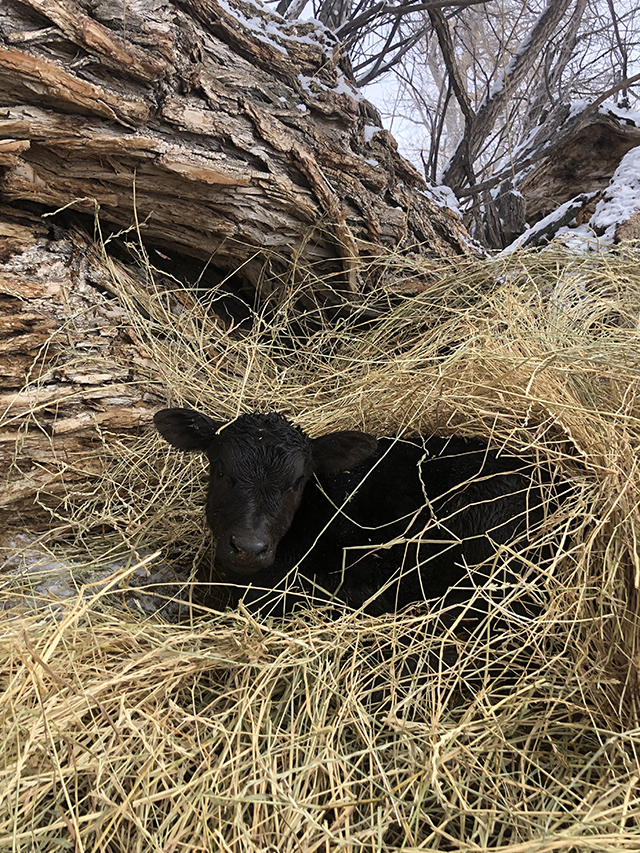
By Tressa Lawrence
Babies are tucked away in every nook and cranny. Many ranchers across Wyoming have baby animals popping up all over this time of year.
Farm & Ranch
Ag Elsewhere: Montana
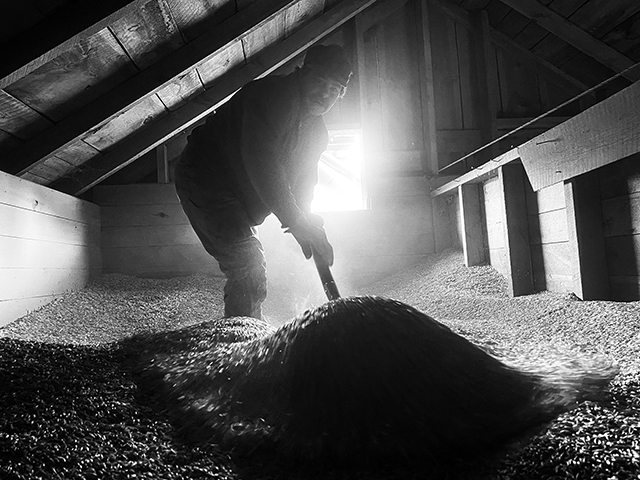
By Lindsey Monk
Another load of grain in to keep feeding the calves until the green grass can really start popping.
Farm & Ranch
Meanwhile, Back at the Ranch….
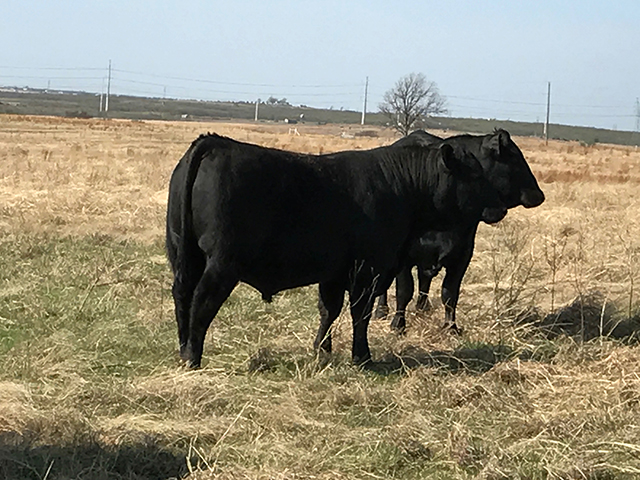
By Rayford Pullen | [email protected]
Spring has sprung and hopefully the rains will continue where our country will heal from the previous droughts and our grasses will thrive. We are especially hopeful for the Panhandle of Texas where our neighbors and friends have been dealt a deadly blow to homes, ranges, livestock, and people. Keep them in your prayers as they will not be able to return to normal for many years if at all. Having lost their ability to benefit from this great cattle market is a double whammy for all of them.
Now is the time of year when we need to take care of business as it relates to our new calves that have been hitting the ground this spring. First and foremost is vaccinating for Blackleg followed by deworming with a white wormer and the IBR complex. Blackleg is a soil-born disease and with pastures extremely short this spring our calves have been grazing the green grass as soon as it shows itself, making them even more vulnerable to picking contaminates from the soil.
To read more, pick up a copy of the April issue of NTFR magazine. To subscribe by mail, call 940-872-5922.
-
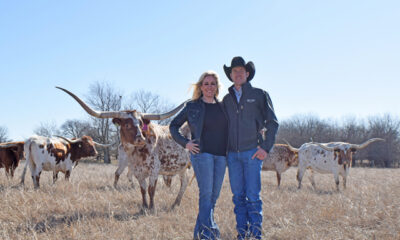
 Country Lifestyles1 year ago
Country Lifestyles1 year agoScott & Stacey Schumacher: A Growth Mindset
-

 Equine7 months ago
Equine7 months agoThe Will to Win
-
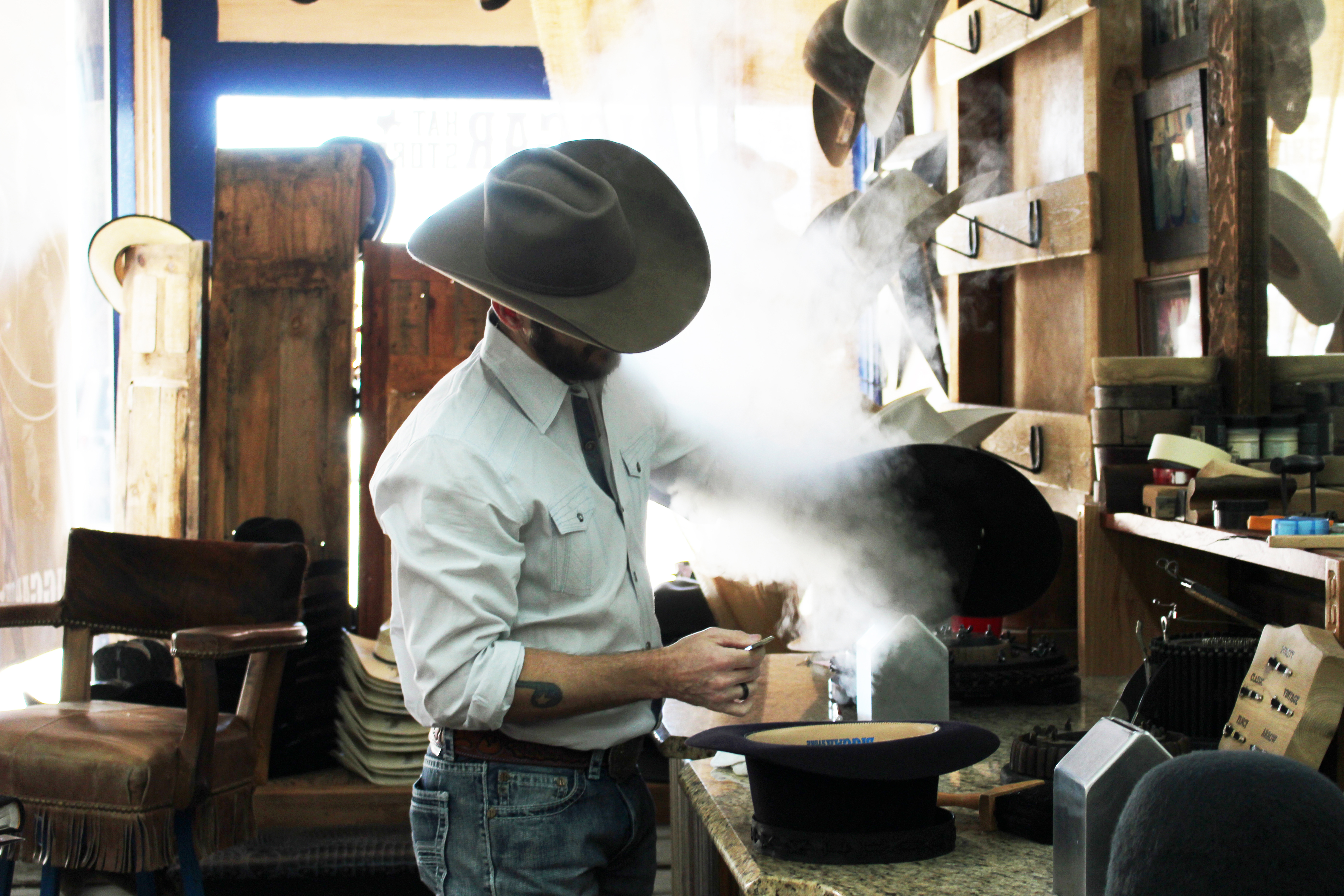
 Country Lifestyles7 years ago
Country Lifestyles7 years agoStyle Your Profile – What your style cowboy hat says about you and new trends in 2017
-
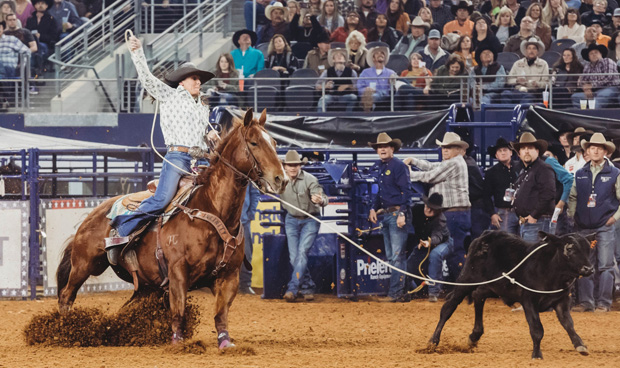
 Country Lifestyles4 years ago
Country Lifestyles4 years agoAmber Crawford, Breakaway Roper
-
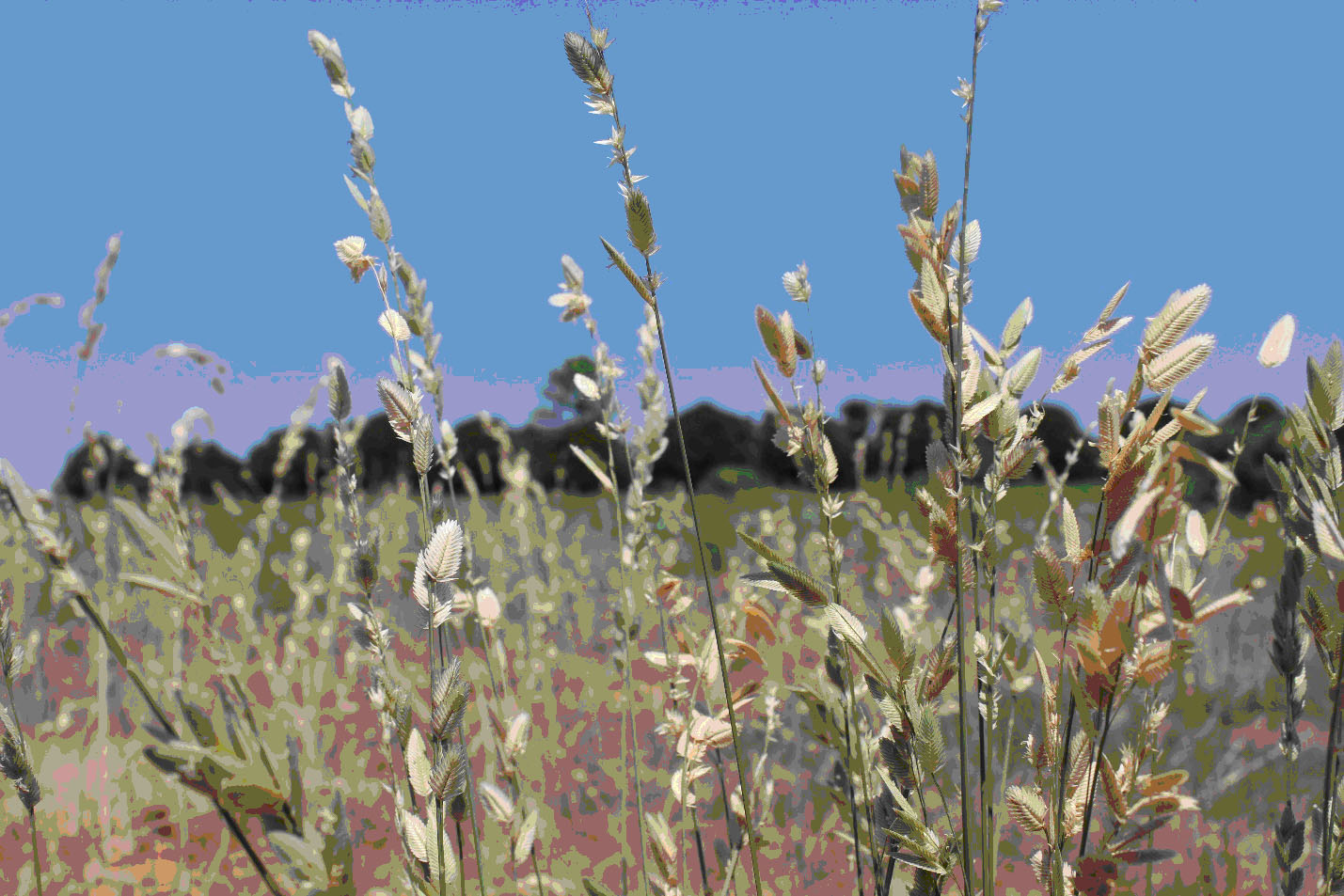
 HOME7 years ago
HOME7 years agoGrazing North Texas – Wilman Lovegrass
-
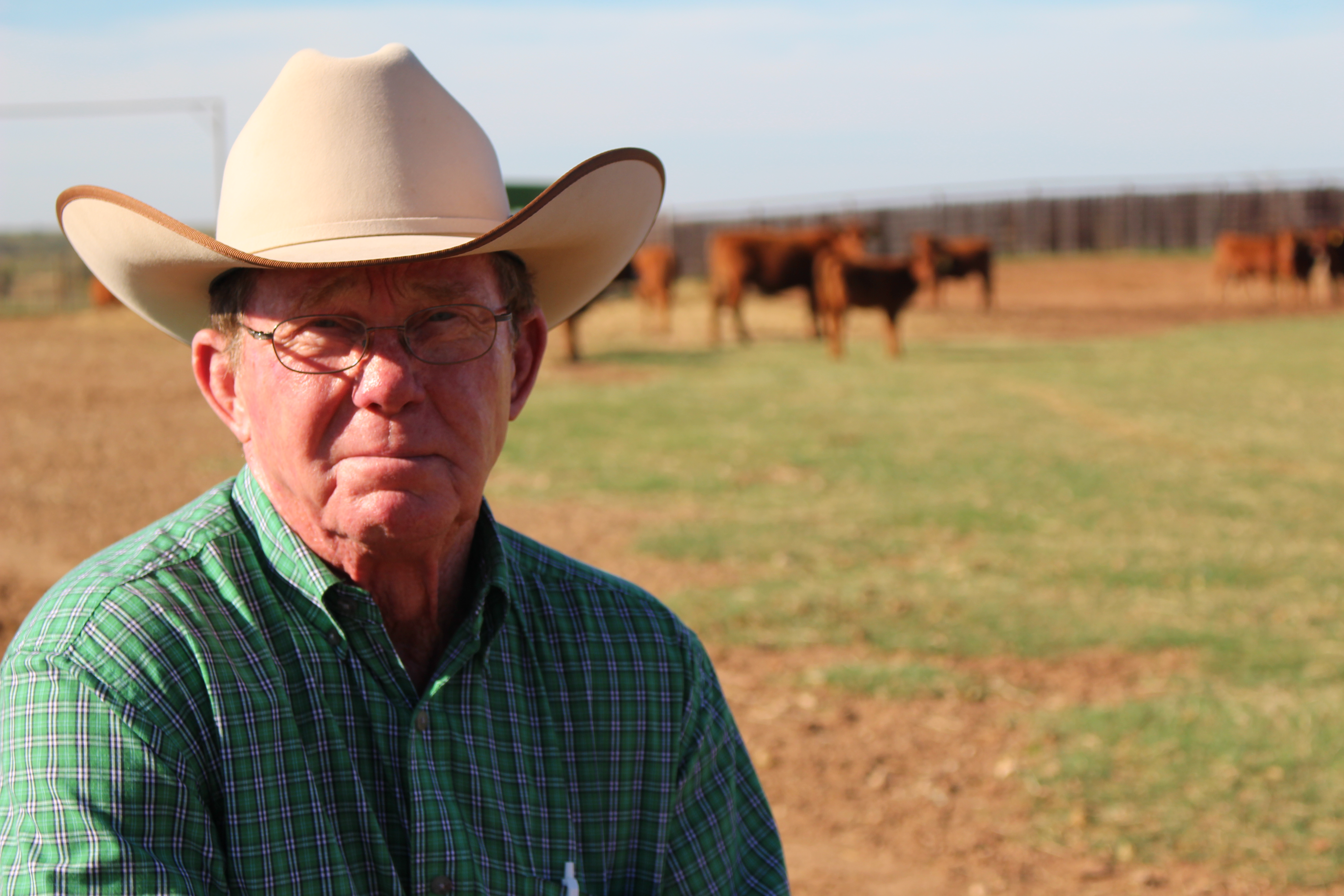
 Country Lifestyles7 years ago
Country Lifestyles7 years agoDecember 2016 Profile, Rusty Riddle – The Riddle Way
-

 Country Lifestyles8 years ago
Country Lifestyles8 years agoJune 2016 Profile – The man behind the mic: Bob Tallman
-

 Country Lifestyles8 years ago
Country Lifestyles8 years agoCowboy Culture with Clay Reid – Being a Man

